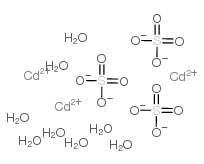| 结构式 | 名称/CAS号 | 全部文献 |
|---|---|---|
 |
咯菌腈
CAS:131341-86-1 |
|
 |
硫酸镉
CAS:10124-36-4 |
|
 |
硫酸镉(八水)
CAS:7790-84-3 |